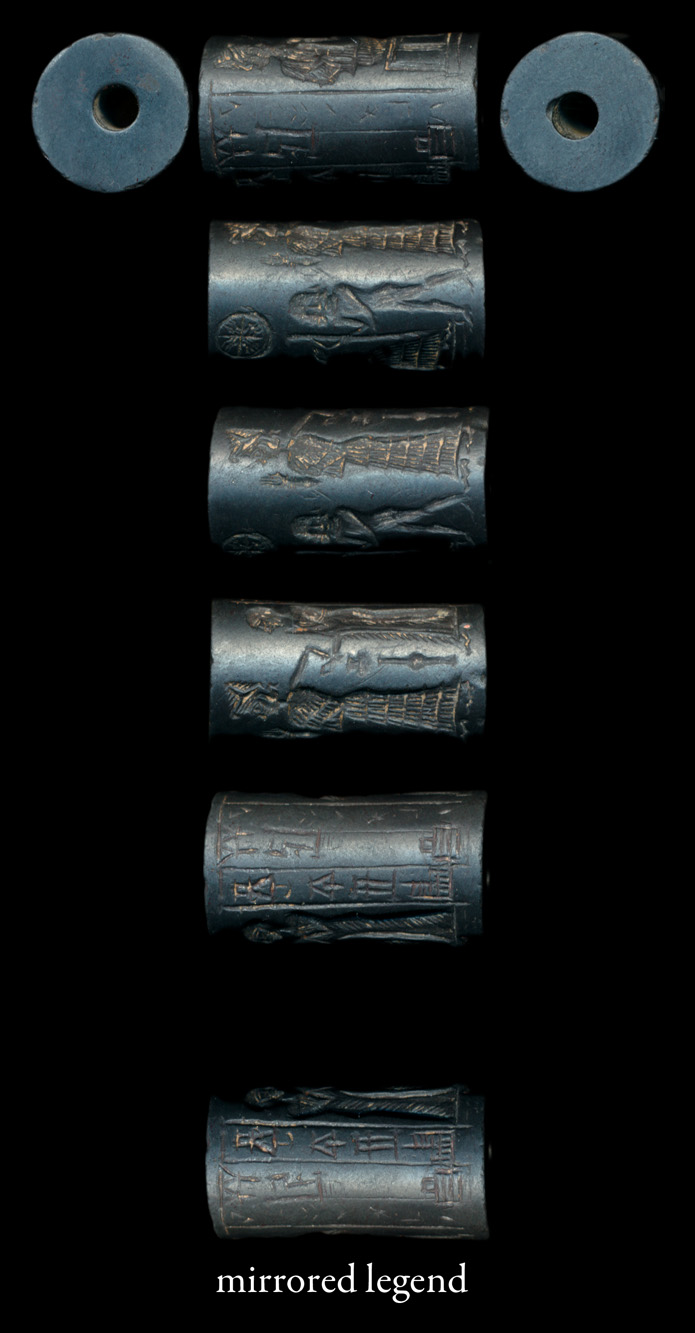The Use of Medical Computed Tomography (CT) Imaging in the Study of Ceramic and Clay Archaeological Artifacts from the Ancient Near East
with non destructive methods such as Computed Tomography (CT) imaging it is possible to investigating and read hidden cuneiform texts without breaking the envelope, also Imaging the interior of cuneiform letters. This method is a sophisticated imaging technique.
http://www.nino-leiden.nl/message/seeing-through-clay-4000-#annotations:OGSbcLpWEeqFh7dLZ30UwA
https://www.youtube.com/watch?v=5RmTpMoH-1o&feature=emb_logo
 The image above depicts a typical cylinder seal of the Ur III period (ca. 2100-2000 BC). Its legend reads “Abbakalla, son of Ur-mes;” the inscription, however, was evidently cut into an imperfectly erased earlier legend, itself probably the more standardized formula “So-and-so, scribe (Sum. dub-sar), son of so-and-so.” The traces of ‛dumu ...’ are clearly visible in a third box below the end of our legend. Click on the image to be taken to CDLI’s entry for the stone artifact.
The image above depicts a typical cylinder seal of the Ur III period (ca. 2100-2000 BC). Its legend reads “Abbakalla, son of Ur-mes;” the inscription, however, was evidently cut into an imperfectly erased earlier legend, itself probably the more standardized formula “So-and-so, scribe (Sum. dub-sar), son of so-and-so.” The traces of ‛dumu ...’ are clearly visible in a third box below the end of our legend. Click on the image to be taken to CDLI’s entry for the stone artifact.